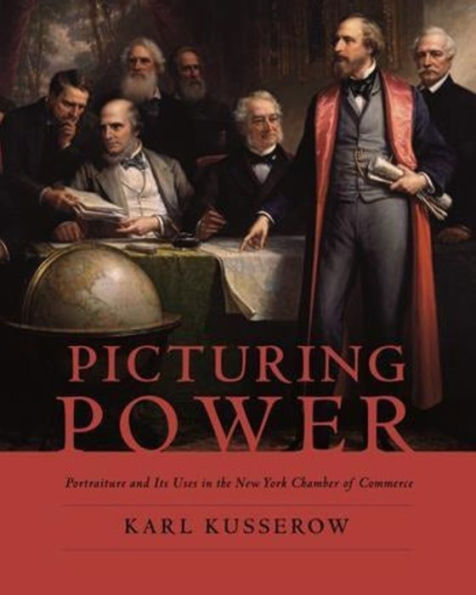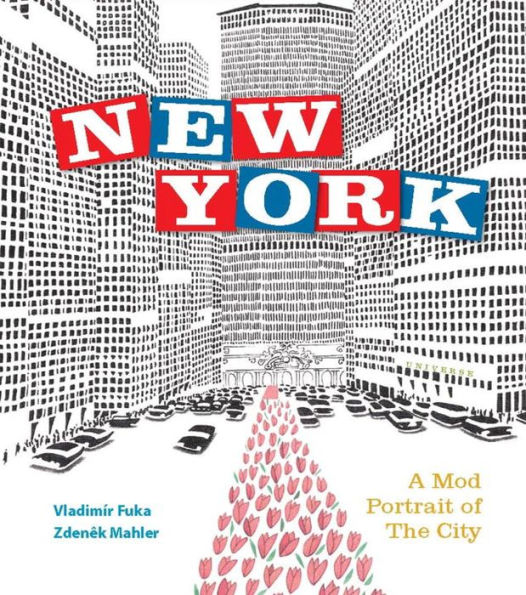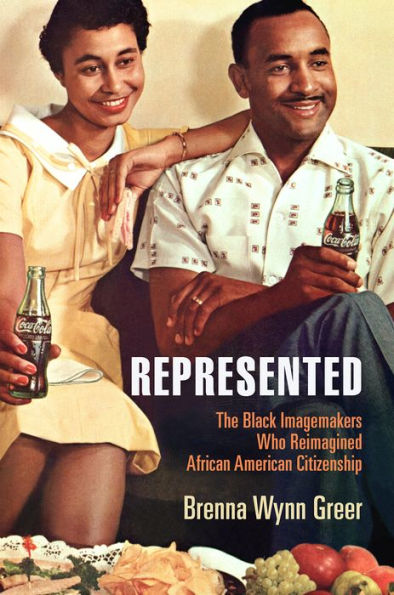Home
Picturing Power: Portraiture and Its Uses in the New York Chamber of Commerce
Barnes and Noble
Picturing Power: Portraiture and Its Uses in the New York Chamber of Commerce
Current price: $75.00


Barnes and Noble
Picturing Power: Portraiture and Its Uses in the New York Chamber of Commerce
Current price: $75.00
Size: OS
Loading Inventory...
*Product information may vary - to confirm product availability, pricing, shipping and return information please contact Barnes and Noble
The almost three hundred portraits that once composed the New York Chamber of Commerce's renowned collection capture the giants of American business with aesthetic and symbolic power. The images of civic leaders and entrepreneurs, carefully assembled over two hundred years, tell the story of American industry as shaped and reflected in the life of a major institution. Interpreting these images as historical documents,
traces the establishment, growth, and eventual decline of the nation's most powerful business organization. Lavishly illustrated, this book also charts the social and aesthetic course of institutional portraiture in the United States.
From its inception in 1768, the Chamber regulated and codified commercial practice, provided business interests with a unified means of forming and advancing their agendas, and consolidated and elevated the status of its members and their professions. By linking commercial development to social and cultural progress, portraiture did much to support these ends. Whether enhancing, sanitizing, or stabilizing the reputations of business leaders; downplaying their wealth; or whitewashing their questionable practices, portraiture fashioned a public identity that matched corporate and civic needs as they evolved over time.
By following changes in the use of these images,
reveals the strategies and preoccupations of an American business culture that strove for egalitarian virtue while remaining firmly committed to the principles of competitive capitalism. Americans' shifting and ambivalent relationship to commerce situates these portraits—representations of the human face of business—at the critical intersection of enduring contests in American life, between self-interest and the greater good, between equality and the social hierarchy that wealth engenders.


















